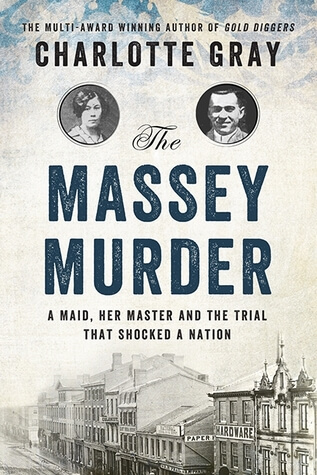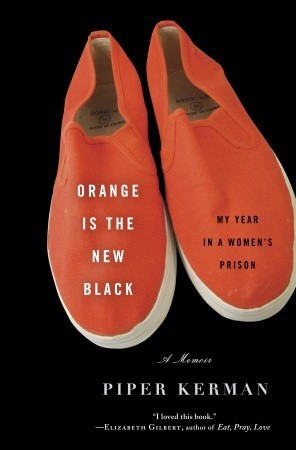Eighty Days: Nellie Bly and
Elizabeth Bisland’s History-Making Race
Around the WorldFor author and historian Charlotte Gray in The Massey Murder: A Maid, Her Master, and the Trial that Shocked a Country, the murder is an access point, a window into Toronto a hundred years ago, and into the changing social fabric of Canada.
“Now, within a city and country under stress, Carrie Davies’s actions played into contemporary disquiet about the dissolution of Old World standards of behaviour. Whatever did Carrie Davies think she was doing? Was this the kind of thing that would happen if people didn’t know their place and women were given the vote? “
– The Massey Murder: A Maid, Her Master, and the Trial that Shocked a Country, by Charlotte Gray
Carrie Davies would have been one of the countless unknown servants of wartime Toronto if not for her actions on February 8, 1915. An eighteen-year-old immigrant from a big family in England, she was working to support herself while sending money home. But then she picked up a gun and shot the man she worked for: Charles Albert Massey, of the prominent old Ontario Massey family. For author and historian Charlotte Gray in The Massey Murder: A Maid, Her Master, and the Trial that Shocked a Country, the murder is an access point, a window into Toronto a hundred years ago, and into the changing social fabric of Canada.
Toronto is my adopted city, the place I moved to in 2008 to continue schooling, to pursue a career and become an adult. It’s the city I know and love best, having learned its streets, its festivals, its hidden restaurant and pub gems, in a way I never did where I grew up: savouring rather than taking the terrain from granted. I also arrived in time for a crippling garbage strike and a mayoral race that, years later, has left city hall in the grip of personal and possibly criminal scandal. I have a fascination for Toronto’s politics and its history. So The Massey Murder is exactly the book I was looking for. Less a focused true crime account and more an examination of class, gender, and history, Gray has written a compelling narrative of the Toronto that was a century ago.
Continue reading “The best interests of women: a review of The Massey Murder by Charlotte Gray”





